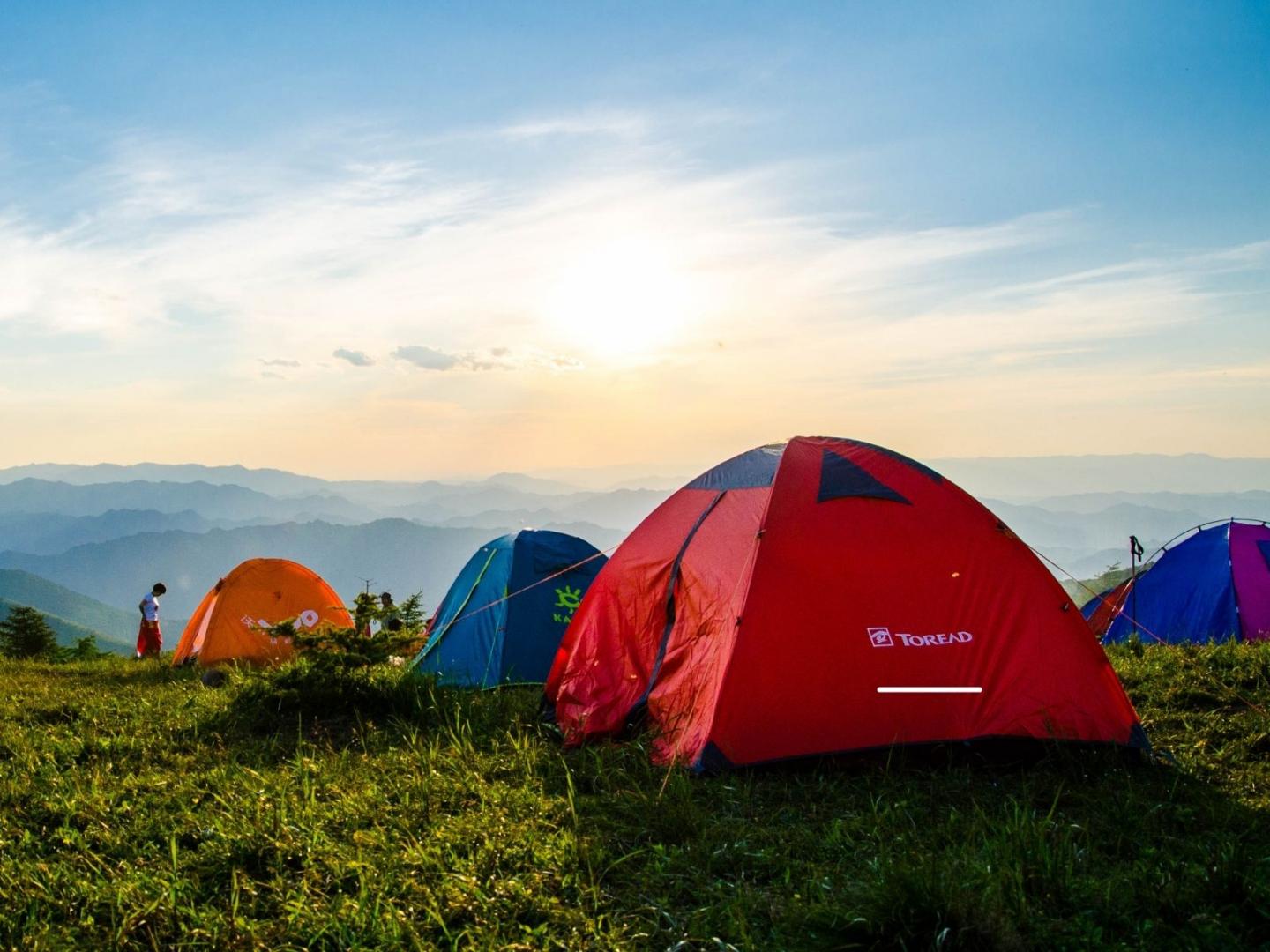The huge demand for UK staycations this year has resulted in many families missing out on their summer holidays due to a lack of availability. In a bid to boost the income lost during the pandemic, many landowners are now taking advantage of temporary planning uses (more commonly known as the ‘28 Day Rule’) and its regional extensions by diversifying their property offering and setting up and operating temporary campsites.
Planning laws across the UK already allow for the temporary use of land for up to 28-days in a calendar year without the need to make an application for planning permission, however, there are strict qualifying criteria meaning not all land or uses are permitted. In an attempt to support landowners and businesses struggling due to Covid-19 restrictions these rules have temporarily been relaxed. Notably, in England this means that the 28-days have been extended to 56-days.
Here Tom Hutchinson, from our planning and development department, explains what this means for landowners.
What does this mean?
Amongst other things, permitted development rights allow landowners to use land for tented camping only without having to get attain planning permission if it meets the relevant criteria set out in the legislation (considered below). In addition, the relaxation of the timescales for temporary uses has been welcomed by the tourism industry, however, it is anticipated to revert back to the original 28-days at the end of 2021.
In order to qualify, the land must not be:
- part of a domestic garden or curtilage of a property
- subject to Article 4(2) directions specifically removing such rights
- used as a caravan site
- used for advertisement purposes
- a site of special scientific interest if the use is for motor sports, clay pigeon shooting or a war game
- used for more than 56 days in a calendar year, unless an extension of time is granted or a separate licence is attained (e.g. Caravan and Camping Club), otherwise planning permission will be required. It’s worth noting that any day when such a temporary structure is on site counts as one of the number of days permitted, even when not occupied or being built.
- within the same landholding or planning unit which has previously operated a temporary use for more than 56-days.
On agricultural land, it is worth reviewing how taking advantage of these extended permitted development rights may impact Basic Payment Schemes (if applicable) as DEFRA still only allows for 28-days of temporary use on agricultural land.
What can landowners do?
England:
The 28-Day Rule allows landowners to use part of their land for the purpose of camping during a specified period of time. Few people are aware that in England 28-day campsites can now operate for 56 days – covering most of the school holidays and beyond. Those sites operating for more than 42 consecutive days will likely require the appropriate site license from your local authority.
Scotland:
Unlike England, Scotland has not extended the relevant period to 56-days, however, the Scottish Government has advised that at the discretion of the relevant local planning authority, enforcement action should not be pursued against acceptable planning breaches that will allow for businesses to operate and diversify as lockdown eases. It is the intention of the Scottish Government to keep this guidance under close review. Landowners and site managers in Scotland must therefore be comfortable of the risks associated with intending to operate a temporary campsite for longer than 28-days.
In both cases portable buildings for washing and toilet facilities are permitted, however any related ‘operation development’ may mean planning permission is in fact required. This might include the construction of a concrete base, levelling of the land or any further works to the wider site including creation of a new access point or hard standing for car parking, installation of a waste management system and external lighting. Land must also be restored to its original condition between periods of use and temporary buildings removed.
This article is intended to be a helpful and simple guide for landowners and should not be regarded as a full interpretation of the law. Should you want any further clarification or advice, please contact youngsRPS directly.






Share this with
Email
Facebook
Messenger
Twitter
Pinterest
LinkedIn
Copy this link